How does a cracked cylinder head manifest itself?
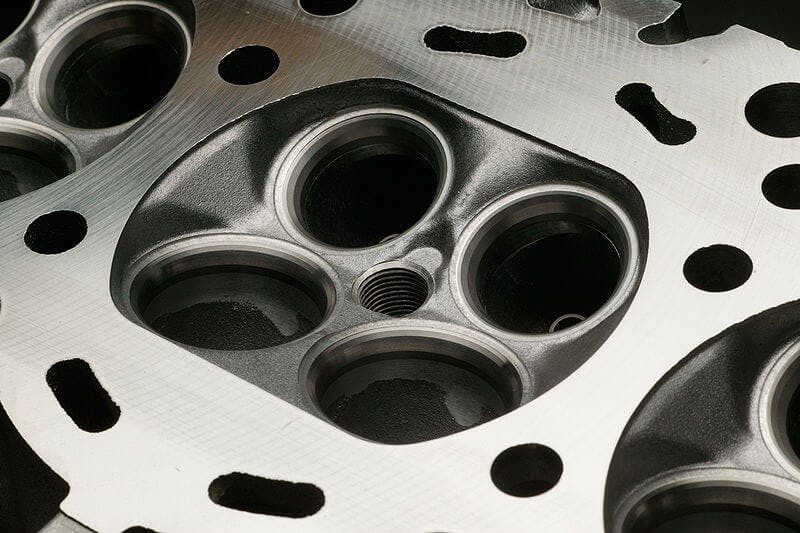
A cracked cylinder head is a serious mechanical failure and is a fear for many drivers. But what can cause cylinder head cracking, and how does this problem manifest?
How to detect a cracked cylinder head very easily? We will answer all these questions in this article.
Inhoudsopgave
What can cause a cylinder head to crack?
The cylinder head is one of the most sensitive and stressed engine components because, during engine operation, it is significantly stressed mechanically and thermally. The most common cause of cylinder head damage is thus thermal overload and overheating.
One should also not forget about design errors, such as poorly shaped ducts, due to insufficient circulation of the cooling liquid. This again leads to overheating of the cylinder head and its subsequent cracking.
How does a cracked cylinder head manifest itself?
A cracked cylinder head is most often manifested by loss of coolant, accompanied by white smoke from the exhaust. However, this smoke can appear behind the car even if everything is fine.

White smoke from the exhaust is a completely natural phenomenon when warming up a cold engine. However, suppose white smoke appears behind the car even if the engine is warmed up to its operating temperature and it is warm outside. In that case, coolant might be getting into the cylinder compartment.
Another symptom of a damaged cylinder head is greasy oil stains in the coolant, which you can easily detect by looking into the expansion tank of the coolant WARNING! Open only when cold.
You can also detect the penetration of coolant into the cylinder space by unscrewing the cap through which engine oil is poured. If there is an emulsion (white to cappuccino-colored grease) on the underside of the cap, it means that coolant has gotten into the engine oil.
The emulsion on the bottom of the lid may not indicate a problem, though, because it can also appear if you only drive the car for short distances, especially in cold weather, when the engine does not have time to warm up to its operating temperature.
In addition to these symptoms of a cracked cylinder head, you may also encounter coolant bubbling in the heating radiator or the coolant expansion tank.
Other symptoms of cylinder head cracking
Additionally, detecting a cracked cylinder head in other ways is also possible. Using an endoscope, one possibility is to look for coolant traces in the cylinder space.
Unevenly colored spark plugs can also help you because they become clogged with various impurities due to bad combustion. Detecting a cracked cylinder head by measuring cylinder compression pressures is also possible.
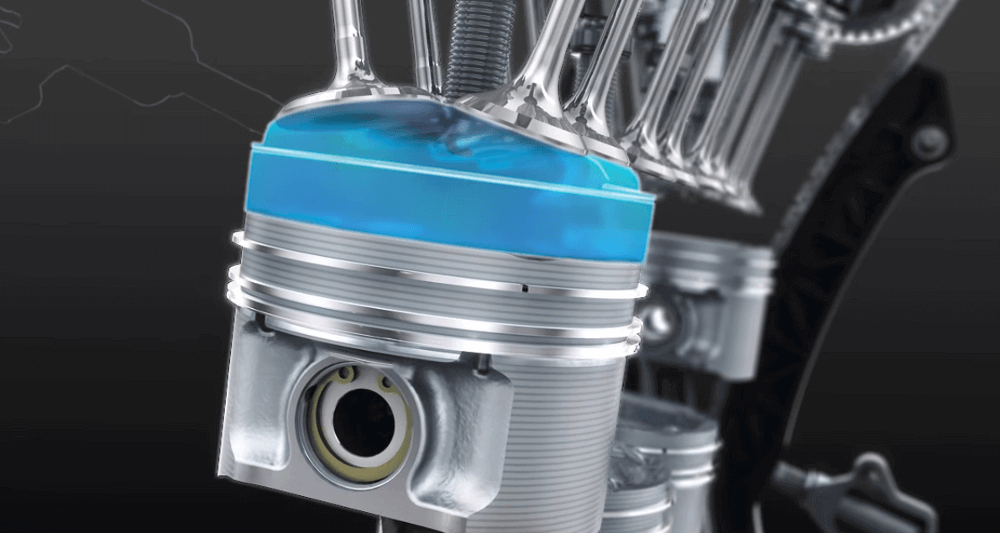
Compression Ratio: What effect does it have on the engine?
Measuring cylinder compression pressures is a method by which accurate information about the engine's condition is determined. Compression pressure is the maximum achievable pressure at the end of the engine's compression stroke when the mixture is not yet burning.
The size of the compression pressure depends on the compression ratio, the engine speed, the degree of filling of the cylinders, and the tightness of the combustion chamber.
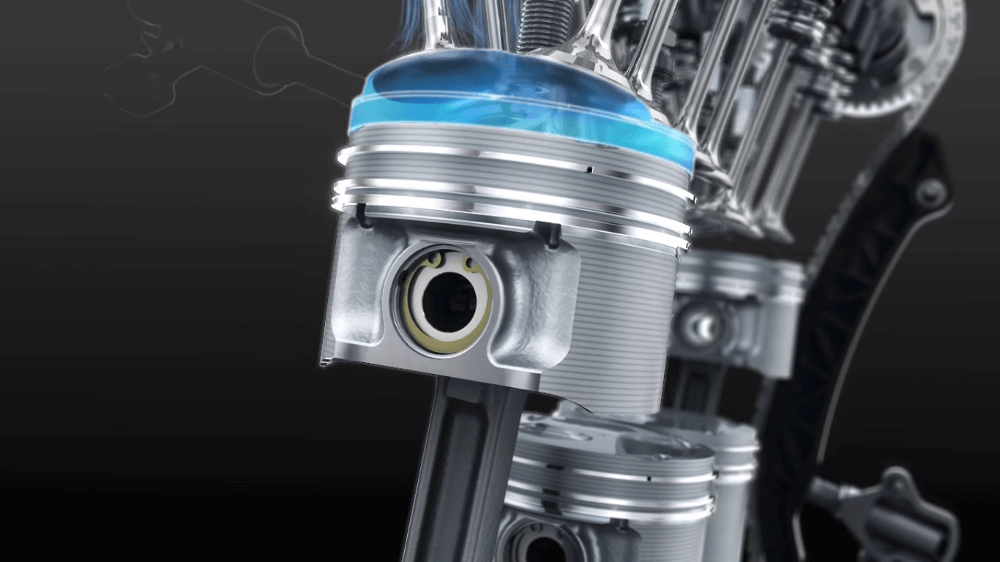
Compression pressure is measured using a compression gauge that screws into the cylinder head instead of the spark plug. Before measuring the compression pressure, the engine is warmed up to operating temperature to define the piston-to-cylinder clearances.
Subsequently, the engine is revved using the starter, while the throttle is fully open (gas pedal fully pressed). Compression pressure is shown on the needle of the compression meter, which records the highest pressure reached.
What should I do if I detect damage to the cylinder head?
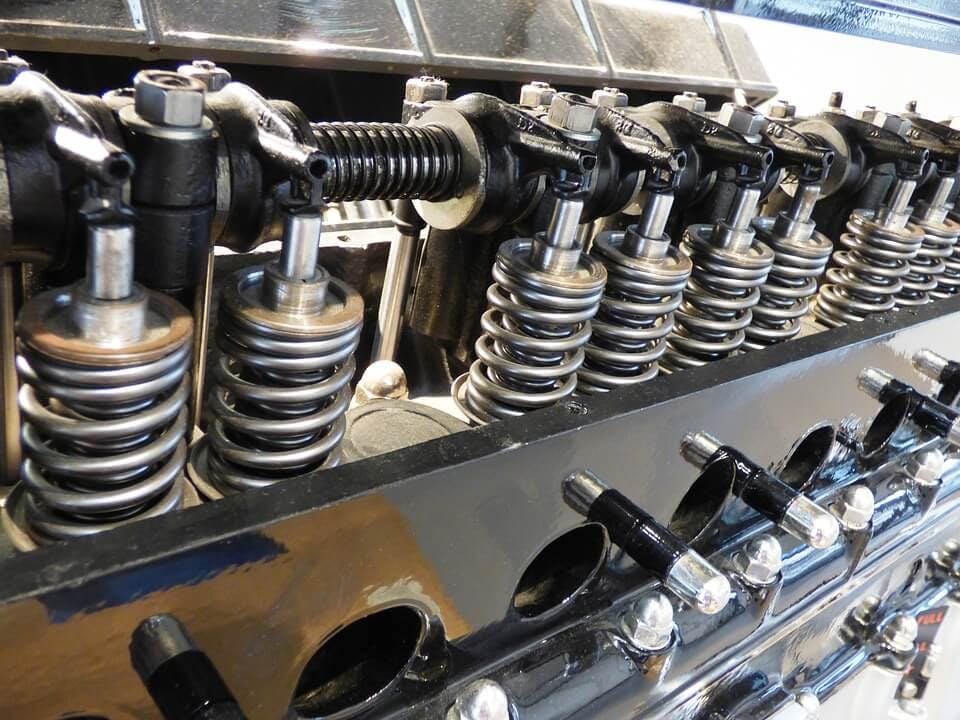
In this case, the operation of the engine is hazardous. The coolant penetrating the cylinders not only washes away the oil film on the surface of the cylinder but also dilutes the engine oil, depriving it of its properties. Over time, this can lead to lubrication failure and seizure of the piston in the cylinder.
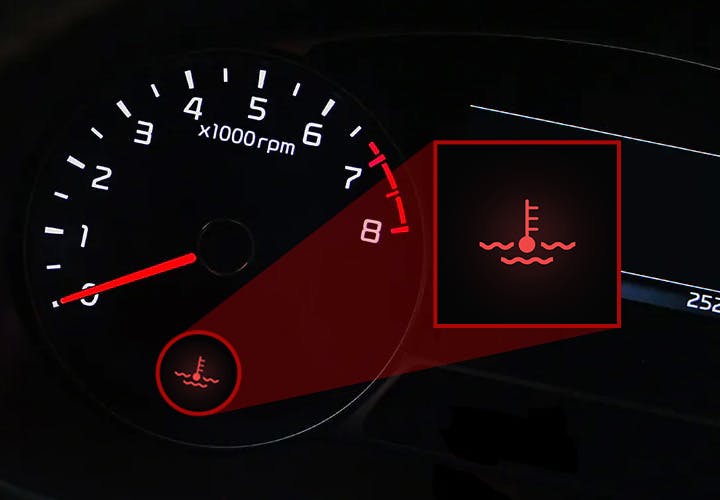
Red Engine Coolant Light: Stop your car now! 🚨
Do not forget about the leakage of coolant, which can cause an increase in the temperature of the engine. If you continue driving with such a damaged car engine, do not forget to check the coolant and engine oil regularly.
How to repair a cracked cylinder head?
If you decide to solve the problem with a cracked cylinder head, you have only two options: repair or replace it. Repairing the cylinder head is possible by welding the crack, but this may not always be possible, as it depends on where the crack is located.
The best way to eliminate this problem is to replace the cylinder head with the cylinder head gasket. The good news is that remanufactured parts are quite affordable for common engines, costing a fraction of the cost of a brand-new cylinder head.
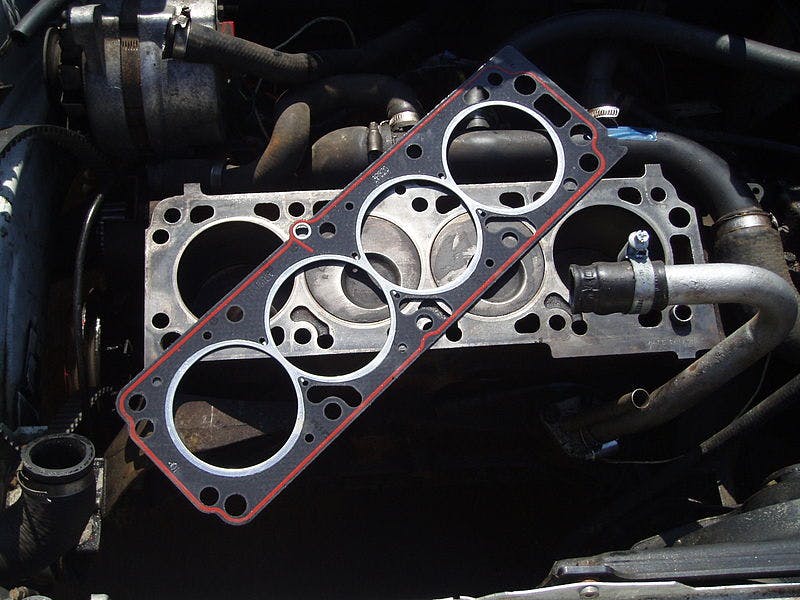
Blown Head Gasket: How to prevent engine damage?
Anyway, repairing or replacing the cylinder head is not the cheapest. It depends greatly on the specific engine type and ranges from several hundred to thousands of euros.